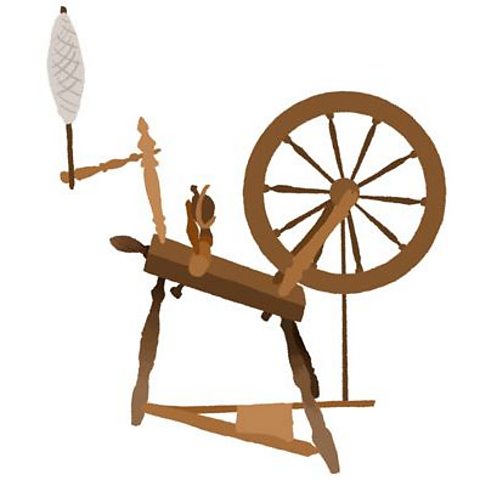
One of the major factors in the expansion and transformation of Ulster’s linen industry was the Industrial Revolution. Before the introduction of power looms, linen production in Ulster was a cottage industry with most spinning and weaving being done by hand in rural villages and towns across the province.
Ulster was however, initially slow to embrace the technological advancements that the Industrial Revolution brought. One of the reasons for this was that the first power looms could only produce coarse linens and Ireland had built up a reputation for making fine linens. It wasn’t until the middle of the 19th Century when power looms were adapted to produce fine linens that the linen industry in Ulster was truly transformed and the north of Ireland became one of the most important linen producing areas in the world.

Watch the video below to find out more about the history of the linen industry in Ulster.
The linen industry in numbers
At the end of the 19th and start of the 20th Century the linen industry in Ulster was booming. There were roughly 200 companies employing over 70,000 people, using one million spinning spindles and operating over 40,000 looms – many of them in Belfast.
This boom had been made possible by industrialisation and people poured in to Belfast from all over Ulster to work in the linen mills and factories. Between 1841 and 1871 Belfast’s population more than doubled in size to 174,000. By 1912, the amount of people living in Belfast again, more than doubled, rising to nearly 400,000 .
In 1894 H.O. Lanyon, who was the president of the Belfast Chamber of Commerce made the claim that the city was producing 644 million miles of yarn that year – enough to wrap around the world 25,000 times!
Test your knowledge of the key dates and events in Ulster's linen industry.
More on Linen
Find out more by working through a topic
- count5 of 5

- count1 of 5

- count2 of 5
